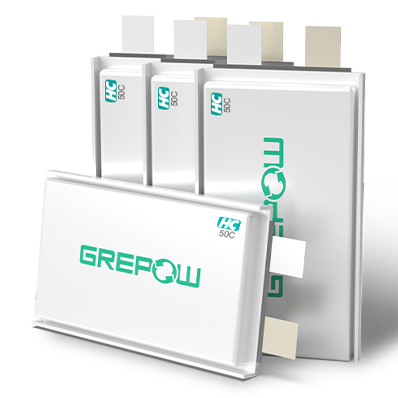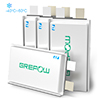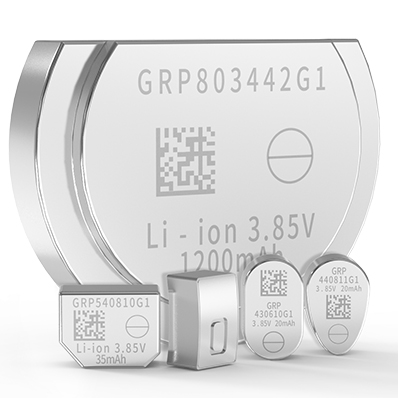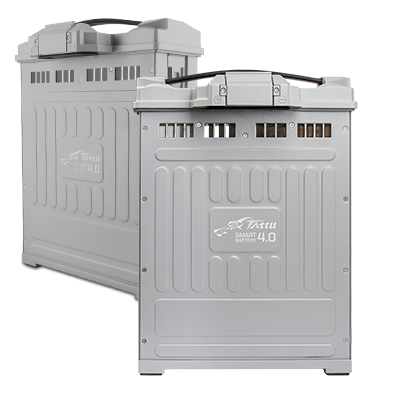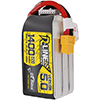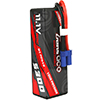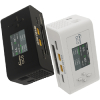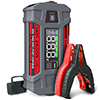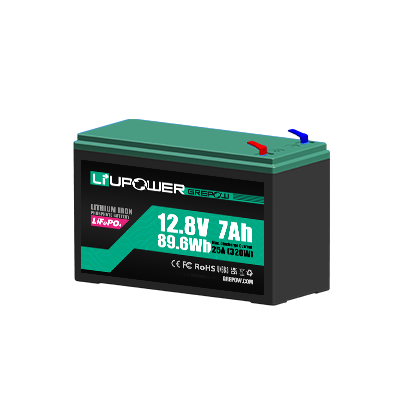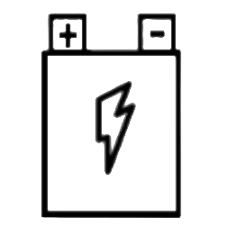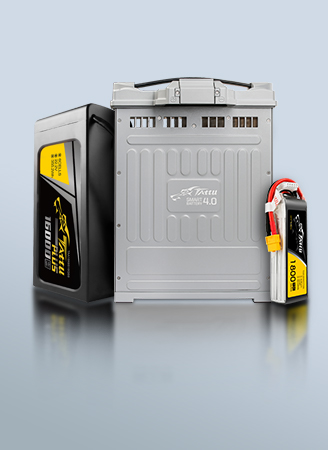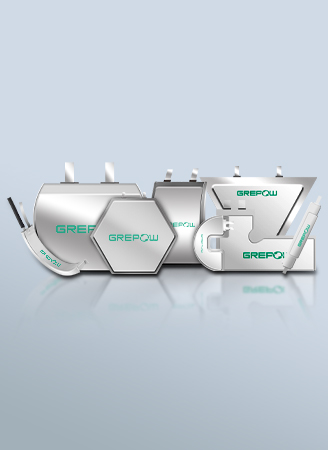What Is a Long Endurance Drone?
Long endurance drones have become a cornerstone of modern unmanned aerial vehicle (UAV) applications, offering extended flight durations and broader operational capabilities than traditional drones. As industries increasingly rely on aerial systems for data collection, surveillance, and delivery, the demand for drones that can stay aloft for hours — or even days — has grown exponentially. This article explores the fundamentals of long endurance drones, how they work, their energy solutions, capabilities, and applications across various sectors.
What is a long endurance drone?
A long-endurance drone is an unmanned aerial vehicle specifically engineered to maximize its flight time, allowing it to remain operational in the air for hours, or even days, without needing to land for refueling or recharging. While standard consumer or commercial drones might fly for 20-45 minutes, long-endurance platforms push these boundaries significantly, prioritizing time aloft over other metrics like speed or extreme maneuverability. These drones are engineered for missions requiring persistent surveillance, data collection, or communication relay, such as border security, environmental monitoring, or disaster response.
How do long endurance drones achieve extended flight times?
Several factors contribute to the prolonged flight capabilities of long endurance drones:
●Aerodynamic Efficiency: Fixed-wing configurations, glider-like designs, and lightweight composite materials reduce drag and energy consumption.
●Efficient Propulsion: Brushless motors, optimized propellers, and hybrid engines maximize thrust-to-weight ratios.
●Lightweight Materials: Use of carbon fiber composites and lightweight alloys to reduce airframe weight.
●Advanced Energy Solutions: Solar panels, hydrogen fuel cells, or hybrid systems supplement or replace traditional batteries.
●Power Management Systems: Smart flight controllers optimize motor power, battery usage, and energy distribution.
●Advanced Flight Planning: Route planning tools minimize unnecessary maneuvers and conserve power during missions.

What battery or energy solutions are used in long endurance drones?
Energy efficiency is key to long endurance performance. Common power sources include:
1. Lithium-Ion (Li-ion) and Lithium-Polymer (LiPo) Batteries
Most widely used due to their energy density and rechargeability. Some advanced variants like semi-solid state batteries or high voltage Li-ion (up to 4.45V per cell) offer higher endurance.
2. Hydrogen Fuel Cells
Provide energy densities 2–3 times greater than batteries. Lightweight and environmentally friendly with water as a byproduct. Used in high-end commercial or defense drones.
3. Solar Power
Ideal for ultra-long missions where sunlight is consistent. Integrated into wings to provide continuous charging during flight.
4. Hybrid Systems
Combine gas engines and electric motors to balance power and flight control. Common in Medium Altitude Long Endurance (MALE) drones.
How long can long endurance drones actually fly?
Flight times vary dramatically based on the drone's size, design, energy source, payload, and weather conditions:
●Battery-Powered Fixed-Wing/VTOL: Can range from 1-4 hours.
●Hybrid Gasoline-Electric: Systems like the JOUAV CW-30E boast up to 8 hours (480 minutes). Larger hybrid systems can potentially fly even longer.
●Hydrogen Fuel Cell Powered: Flight times of 10+ hours are achievable, with some systems potentially exceeding 24 hours.
●Solar-Powered: Designed for multi-day missions, potentially limited only by component reliability or weather. The Zephyr S HALE UAV, for example, holds the record for the longest continuous flight at nearly 64 days.
Long range drone vs long endurance drone: What's the difference?
Although often used interchangeably, “l(fā)ong range” and “l(fā)ong endurance” drones serve different priorities:
| Aspect | Long Range | Long Endurance |
| Focus | Distance from operator | Time in air |
| Key Metric | Maximum communication/control range | Maximum flight duration |
| Use Cases | Delivery, mapping over large areas | Surveillance, monitoring, Loitering |
| Typical Flight Time | May be shorter, but flies far | Stays close but longer in air |
| Control Range | Extended communication (10–100+ km) | May stay nearby but loiter longer |
How high can long endurance drones fly?
Long endurance UAVs operate at a wide range of altitudes:
●Low altitude (Typically 400–3,000 meters/1,300–10,000 ft): Typical for commercial uses (subject to regulation).
●Medium-altitude (10,000–30,000 ft): Common for ISR (intelligence, surveillance, reconnaissance) drones.
●High-altitude (above 60,000 ft): Specialized solar drones like Zephyr operate here, above commercial air traffic.
Medium-altitude vs high altitud long-endurance UAV: What's the difference?
MALE (Medium-Altitude Long-Endurance) UAV:
●Altitude: ~10,000 to 30,000 ft
●Endurance: 12–30 hours
●Uses: Border patrol, surveillance
HALE (High-Altitude Long-Endurance) UAV:
●Altitude: 60,000+ ft
●Endurance: Days to weeks
●Uses: Reconnaissance, pseudo-satellite functions
What kind of payloads can long endurance drones carry?
Long endurance drones can carry a variety of payloads depending on mission requirements:
●Surveillance Equipment: High-resolution cameras, infrared sensors, andsynthetic aperture radar (SAR).
●Communication Relays: Transponders and signal boosters for extending communication networks.
●Scientific Instruments: Atmospheric sensors, environmental monitoring devices, and weather instruments.
●Cargo: Some heavy-lift drones transport goods, with payload capacities ranging from a few kilograms to over 50 kilograms in commercial models.
How can payload weight and type affect a long endurance drone's flight time?
Payloads directly impact aerodynamic drag and energy consumption. Heavier or power-intensive payloads reduce flight duration:
●Weight: Additional mass requires more lift, increasing power draw.
●Power demand: Active sensors (e.g., radar) may draw significantly from onboard batteries.
●Mounting: Poorly streamlined payloads increase drag, decreasing efficiency.
As a rule of thumb, every 100 grams added can reduce flight time by several minutes, depending on UAV size. Designers balance payload capacity and endurance by optimizing drone structure and power systems to meet specific mission needs.

Which industries benefit most from using long endurance drones?
Industries leveraging long endurance UAVs include:
●Defense & Security: Persistent surveillance, border monitoring.
●Energy & Infrastructure: Pipeline inspections, offshore rig monitoring, transmission line patrols.
●Agriculture: Crop monitoring over large farms, soil health analysis, yield prediction.
●Environmental Science: Wildlife tracking, deforestation studies, oceanic surveys.
●Disaster Response: Real-time mapping of wildfires, floods, or earthquakes.
●Telecommunications: Temporary network towers in remote or disaster-struck areas.
Are there any legal restrictions on flying long-endurance drones?
Regulatory frameworks vary by region but often include:
●BVLOS (Beyond Visual Line of Sight) operations require special authorization.
●Altitude limits (e.g., 400 ft for recreational/commercial drones in many countries).
●Weight & Type Certification: Drones over a certain mass (e.g., >25kg) need type approval.
●Remote ID: Required in the U.S. and EU for drones operating in public airspace.
●Insurance & Pilot Licensing: May be required for commercial use.
●Pro Tip: Always consult your local civil aviation authority (e.g., FAA, EASA, CAAC) before flying.
Conclusion
Long endurance drones are revolutionizing industries by offering cost-effective, persistent aerial capabilities.Whether powered by hydrogen fuel cells, advanced high energy density Li-ion packs, or solar arrays, these UAVs offer unmatched efficiency, capability, and adaptability for 21st-century challenges. As battery technology and regulatory frameworks evolve, expect long endurance drones to play an even greater role in security, sustainability, and connectivity around the globe. As a global leading drone battery manufacturer, Grepow offers semi-solid-state batteries with an energy density of up to 350 Wh/kg and ultra-high-voltage batteries with a single-cell voltage of up to 4.45V. These batteries are perfectly suited to meet the demands of low-altitude, long-endurance drones across a wide range of applications. If you have any questions or needs, please feel free to contact us at info@grepow.com.
Related Articles
-
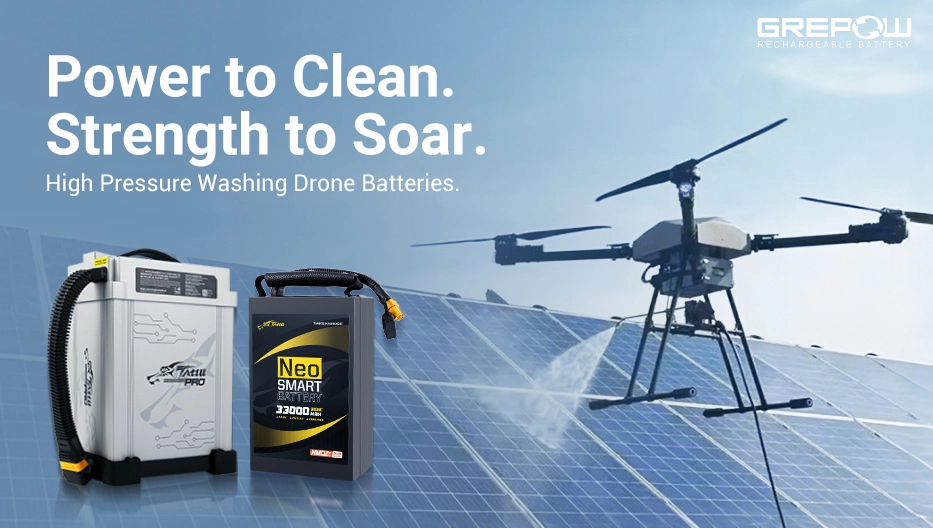
How to Choose Battery for a Washing Drone?
2025-07-08 -

The Evolution and Challenges of Low-Altitude Economy
2025-07-01 -
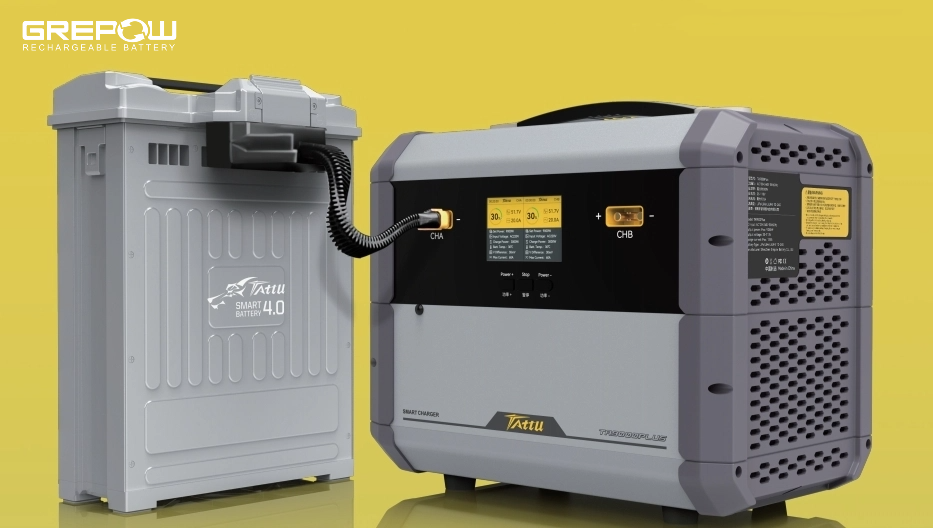
Drone Batteries: A Comprehensive Guide
2025-06-23
Related products
-
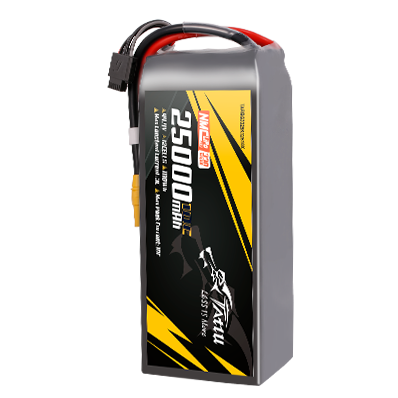
330Wh/kg Series Semi-Solid State High Energy Density Battery Pack
-
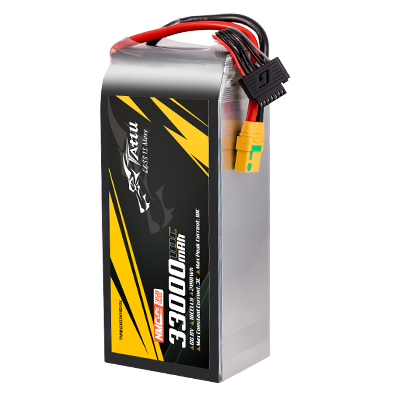
350Wh/kg Series Semi-Solid State High Energy Density Battery Pack
-
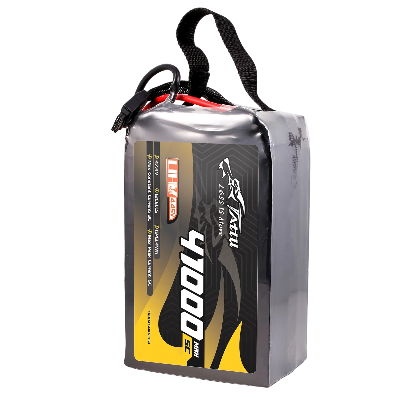
4.45V Ultra High Voltage Series Semi-Solid State Battery


